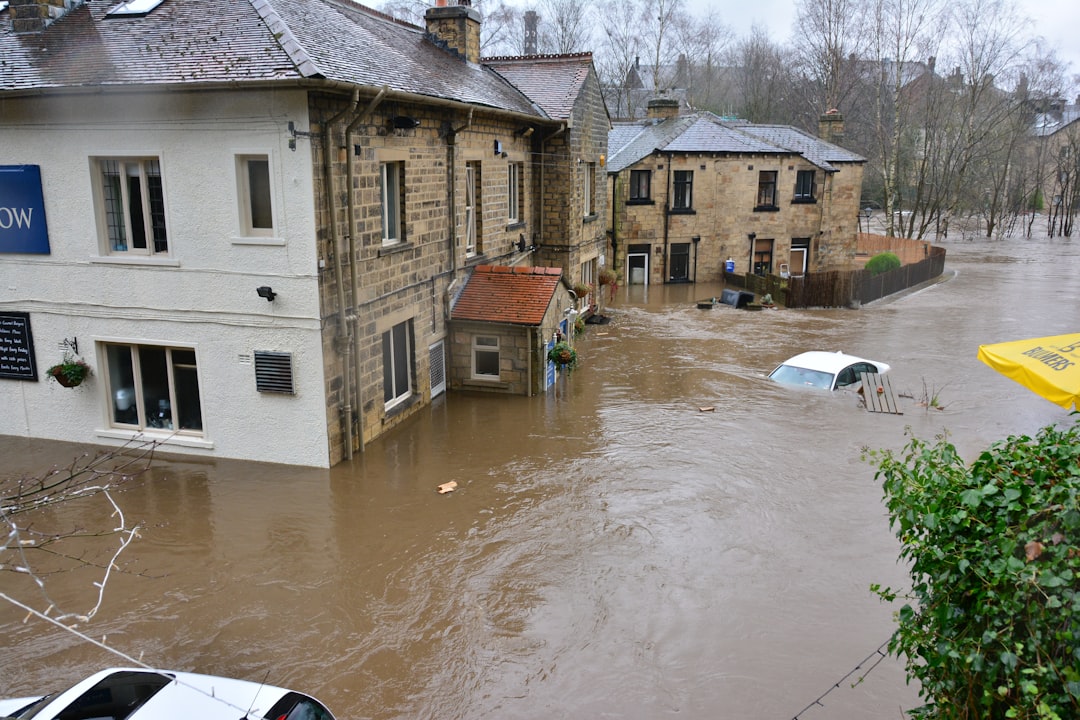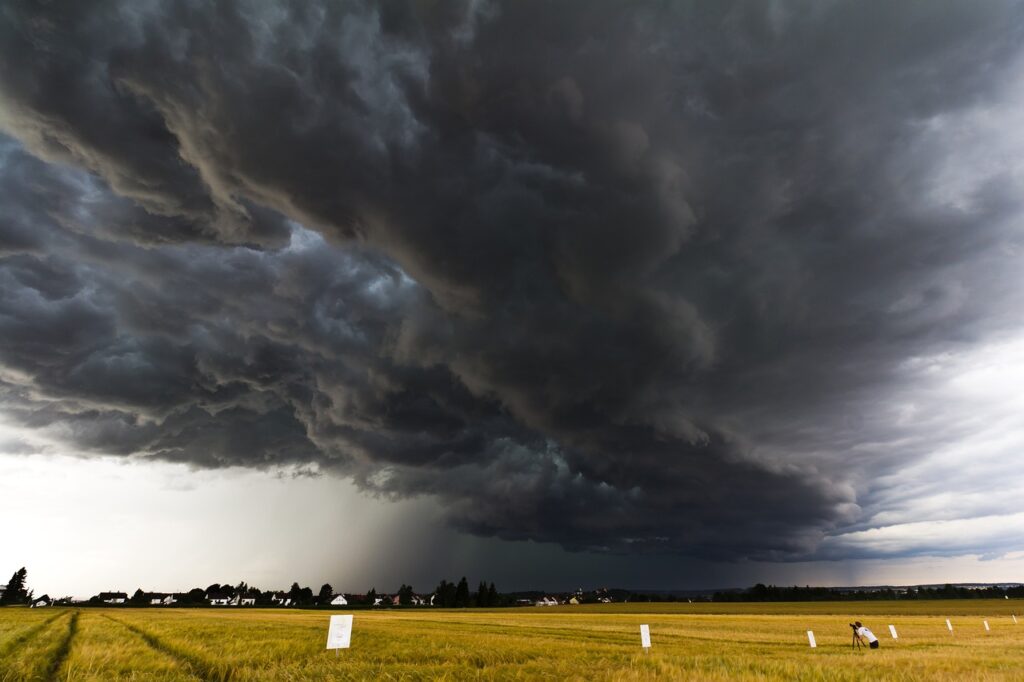As climate change continues to alter our world, many homeowners and renters in high-risk areas increasingly consider relocation a practical option to secure their future safety and stability. If you’re contemplating a move due to climate concerns, it’s crucial to thoughtfully evaluate your options and explore varied relocation tips to guide you toward a more sustainable living situation. There is much to consider, from assessing climate resilience in potential new locations to exploring diverse housing options that prioritize environmental safety. This guide will walk you through the essential steps to help determine if relocating is the right choice for you, all while maintaining a positive outlook on the possibilities ahead.
Understanding Climate Risks
Identifying High-Risk Areas
Identify high-risk areas susceptible to climate-related hazards such as floods, wildfires, hurricanes, or droughts.
Use resources like FEMA’s flood maps or NOAA’s climate reports to ascertain your current location’s risk level.
Consult local government websites for information on regional climate risks and preparedness plans.
Understand these risks as a foundational step for informed relocation decisions.
Assess whether remaining in place or moving to a climate-resilient location aligns with your long-term goals for sustainable living and environmental safety.
Assessing Environmental Safety
After identifying high-risk areas, assess environmental safety in potential new locations.
Evaluate how well a region can withstand current and future climate impacts.
Investigate community initiatives focused on sustainability and resilience, including infrastructure designed to cope with extreme weather and local policies promoting environmental conservation.
Look for regions with strong emergency management plans and active community involvement in disaster preparedness.
Consider factors like air and water quality, as these elements influence overall health and well-being.
Researching environmental safety can help reduce risks and ensure a higher quality of life in your new home.
Carefully assessing these factors can help you choose a location that aligns with your climate resilience and sustainable living goals, providing peace of mind as you move.

Weighing Relocation Options
Evaluating Housing Options
Identify housing options built with sustainable materials designed for climate resilience.
Look for features like energy-efficient insulation, solar panels, and rainwater harvesting systems for a sustainable living environment.
Explore eco-friendly developments or neighborhoods with green spaces, prioritizing environmental safety.
Seek housing in areas with infrastructure that minimizes environmental impact, offering peace of mind.
If renting, choose properties with eco-certifications or landlords committed to sustainability.
Evaluate housing choices through the lens of climate resilience to ensure a safer, more sustainable future.
Take a proactive approach to make a well-informed decision about your relocation.
Sustainable Living Considerations
Assess local resources like public transportation to reduce your carbon footprint and reliance on personal vehicles.
Look for areas with strong recycling programs and access to local, organic food markets to support a sustainable lifestyle.
Evaluate the community’s commitment to renewable energy sources, such as wind or solar power, to lower utility costs and environmental impact.
Seek neighborhoods with active environmental groups or sustainability initiatives to engage in community efforts to protect the environment.
Prioritize these considerations to contribute to a healthier planet and enhance your quality of life.
Ensure your move aligns with broader ecological goals by embracing sustainable living in your new location.

Making an Informed Move
Climate Resilience in New Locations
Research how regions have historically responded to climate events like floods, storms, or heatwaves.
Look for regions with robust infrastructure, such as effective drainage systems and resilient power grids, designed to withstand extreme weather.
Consider local government policies that encourage resilience, including climate-proof building codes and community disaster response plans.
Find regions investing in green infrastructure, such as parks or urban forests, to help mitigate climate impacts.
Ensure your new community is ready to adapt to future climate challenges to safeguard your investment and provide peace of mind.
Relocation Tips for Success
Research your new location meticulously to understand its climate risks and resilience strategies.
Familiarize yourself with local regulations and community resources to ease your transition.
Visit the area beforehand to get a feel for the community and amenities.
Create a comprehensive moving plan that includes budgeting for unexpected expenses and securing housing options that meet climate resilience criteria.
Engage with local residents or online forums to gather firsthand insights about living in the area.
Consider long-term implications like job opportunities and educational facilities to ensure personal and professional satisfaction.
Thorough planning and research increase the likelihood of a smooth transition to an environmentally safer home.

Benefits of Early Planning
Mitigating Stress: Early planning can significantly reduce the stress associated with relocating. By giving yourself ample time to research, visit potential new areas, and make informed decisions, you minimize last-minute pressures and increase your confidence in your choices.
Financial Preparation: Planning ahead allows you to budget more effectively, setting aside funds for moving expenses, unexpected costs, and any necessary adjustments once you arrive in your new location. Early financial preparation helps ensure a smoother transition.
Securing Ideal Housing: Starting your search early gives you a competitive advantage in securing housing that meets your specific criteria for sustainability and climate resilience. You’ll have more options and won’t feel pressured to settle for something that doesn’t align with your long-term goals.
Building Community Connections: Establishing connections in your potential new community ahead of time can provide valuable insights and support. Engaging with local groups, forums, or future neighbors can ease your integration and help you feel more at home when you move.
By incorporating these long-term sustainability goals into your relocation plans, you align your personal living environment with broader ecological objectives, contributing to the global effort to combat climate change.
https://www.forbes.com/home-improvement/features/americans-moving-climate-change/
https://www.un.org/en/climatechange/what-is-climate-change
https://www.migrationpolicy.org/article/climate-migration-101-explainer





